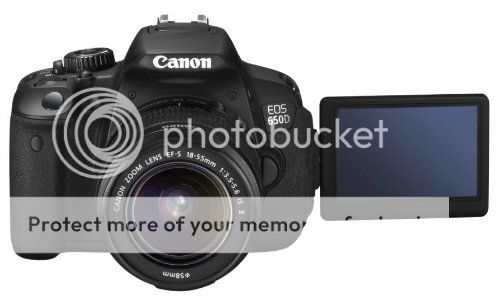[Review] Rebel T4i/EOS 650D Is A Great Entry Level DSLR
The Phoblographer just published its review of the Rebel T4i (named EOS 650D in Europe). The review is detailed and well-reasoned, as usual. You may be surprised to learn that the Auto-Focus on the T4i/650D can easily outperform the AF of the EOS 5D Mark II (well, in certain situation):
For a wide majority of shooting situations, the Canon T4i’s phase detection focusing is extremely quick; when not in Live View Mode […] My general way of using cameras no matter what the make or model is to manually select a single focusing point when shooting. However, when the user enables all focusing points to be used, you’ll end up having little to no problem in terms of both speed and accuracy. In fact, the Canon T4i’s focusing is better than my Canon 5D Mk II’s. Now don’t take this the wrong way; they are two totally different cameras. However, it is a testament to show just how far the technology has come: an entry level Rebel can outdo a 5D Mk II in terms of focusing. That’s pretty crazy when you think about it.
Many sample images at different ISO settings are provided (btw, the T4i/650D has a rather good high ISO performance). All in all a review that’s worth to be read. From the conclusion:
The Canon T4i is a wonderful entry level camera with loads and loads of lenses available to the system. The image quality is excellent, it is easy to use, and it has a rather decent video mode. The menus can be a bit complex, but overall there really is absolutely no real problem with this camera despite what seems to be modest upgrades from its predecessor.



